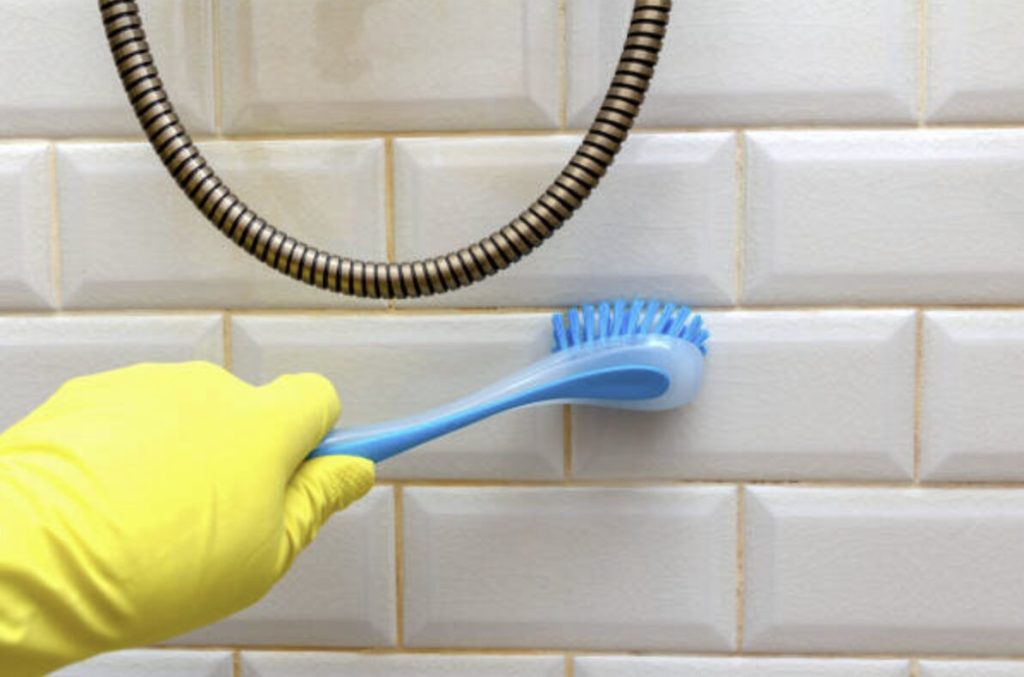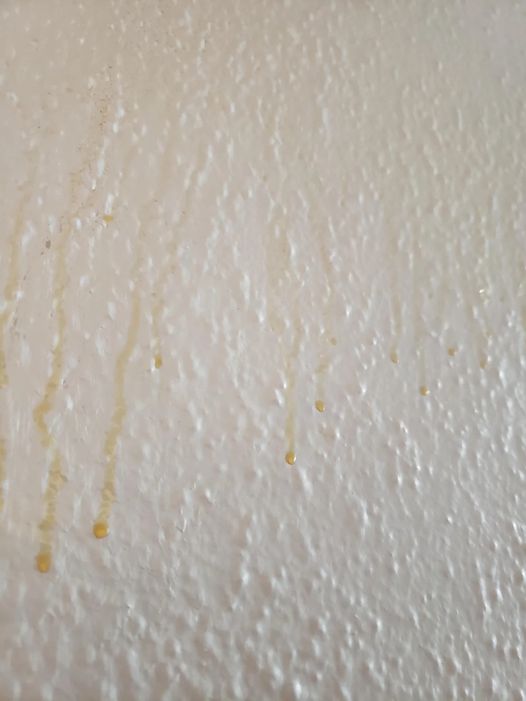My grandmother’s bathroom experience with the pink slime stuck in my memory, and I started to feel really anxious and afraid of mold and other similar problems. You don’t want mold and harmful germs growing on the walls of your bathroom, as anybody who has dealt with the situation before will attest.
By their very nature, bathrooms are always moist. Even though I make an effort to keep mine clean frequently, they are hot, wet places.
But let’s face it, cleaning those walls every day is difficult, isn’t it? It’s nearly hard to juggle job, family, and a small social life. At that point, mold has the ideal opportunity to flourish.

You can thus understand my alarm when a friend remarked spotting some yellow gunk oozing down her bathroom walls—something I successfully battled after a little of study and a lot of elbow grease). This was after my near-death experience with pink mold.
Well, me being my usual anxious self when it comes to mold, I wanted to know right away.
Why is mold dangerous, and what does it entail?
Let’s start by discussing mold. A fungus called mold may develop practically anywhere there is organic matter and dampness. Spores, which travel through the atmosphere and land in new places, are how it spreads.

They grow when they settle in a moist area. Not only is it ugly, but it could also be hazardous.
If left untreated, some varieties of mold can lead to allergic responses, respiratory disorders, and even long-term health consequences. This is why it’s so important to watch out for any indications of mold growth in areas like toilets that are frequently disregarded.
When Does Mold Occur?
Mold grows best in warm, humid conditions. Consider what happens in a bathroom after a shower: steam rises, condensation gathers on the walls and ceilings, and the moisture in the air doesn’t dry out in the absence of sufficient ventilation. This gives mold the ideal environment in which to grow. If left untreated, it frequently begins in corners or next to plumbing fixtures and spreads swiftly.
What Steps Can You Take to Avoid and Combat Mold?
Controlling the amount of moisture in the air is essential to preventing mold. It may be quite beneficial to ventilate your bathroom during and after showers by opening a window or utilizing an exhaust fan. Mold may be avoided by routinely cleaning and drying areas where moisture collects.
However, what if the harm has already been done? If mold develops, it must be cleaned right away. A bleach and water combination works well on non-porous surfaces. However, vinegar or hydrogen peroxide might be effective substitutes for more resistant mold, or if you have a sensitivity to chemicals. To protect your skin and lungs from harsh chemicals and mold spores, it is imperative that you wear gloves and a mask during the process.

Recognizing the Yellow Items
Let’s get back to my friend’s yellow predicament. The yellow substance cascading downward may be:
Nicotine Residue: Stains from nicotine use may be present if the previous tenants smoked. With time, they can bleed through paint, particularly in humid environments.
Soap Scum and Hard Water Deposits: As stains build up, frequent soap suds and mineral-rich water can leave behind yellowish stains.
Mold and mildew: Particularly in their early stages, certain molds can have a yellow appearance.
Paint that has oxidized: Paint may sometimes react with moisture to produce drips that are yellow in color.
How Is the Yellow Substance Removed?
Each cause has its specific cleaning method:
Nicotine Residue: Nicotine stains may be removed off walls by washing them with a vinegar and water combination. A small amount of baking soda added to the mixture might give abrasive strength for more stubborn stains.
Soap Scum and Hard Water Deposits: Generally, a vinegar and water solution or a descaling chemical works well. To keep them at bay, you might need to apply often.

As was previously indicated, vinegar or a bleach solution can be used to get rid of mold and mildew. When cleaning, make sure the space has adequate ventilation.
Paint that has become oxidized: Although repainting may be necessary, stain-blocking primer can be used to seal the area and stop future occurrences.
Preventive Actions
Maintaining a dry and clean restroom is the best defense against the majority of these problems. It may be greatly aided by routine cleaning, making sure there is adequate ventilation, and utilizing a dehumidifier in really wet environments.

I do my best to maintain my home tidy, taking on tasks as soon as I can. If things get out of control, it’s never too late to hire experts, but exercising caution and according to these guidelines should help you keep your house tidy and secure. It’s imperative that we exercise caution and keep our living areas hospitable and sanitary!
